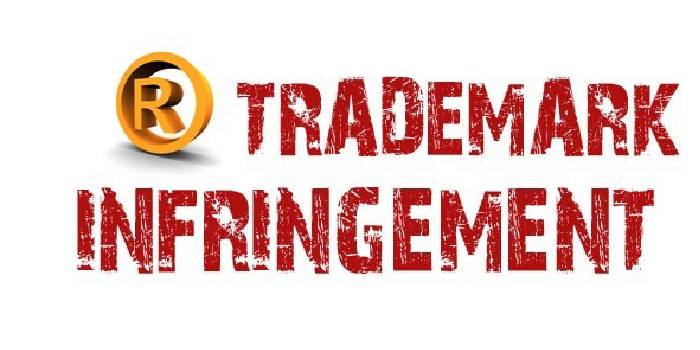Because they are the first things buyers connect with your goods or services, your company’s name and branding are critical to its success. In earlier blog postings, we discussed the significance of designing and registering trademarks in order to grow your company. The last thing you want is to invest a lot of time, money, and effort selecting the right trademark only to discover that it has already been registered by someone else. Here is a guide on avoiding trademark infringement.

Table of Contents
Check with your state government.
Most states make it possible for anybody to look for company names online. This is available on the website of the Secretary of State or Secretary of the Commonwealth in 47 of the 50 states; Alaska, Hawaii, and Utah do not have such posts, although they do have company name search facilities on their state websites.
Remember to search not just for the name you wish to trademark, but also for names that sound similar but are spelt differently. This also applies to any synonyms for the words you intend to employ. Others will sue you for trademark infringement if they believe your trademarks may be confused by customers in any manner.
Other State Governments Should Be Consulted
If you want to conduct business in other states, look for your chosen trademark there as well. According to the LLC Company, this is particularly important for Internet-based home enterprises. Even if you just do one transaction in another state, you may be regarded to be conducting business in that state.
Look for Trademarks or Patents that are owned by another company.
Businesses may sue you for trademark infringement if your naming or branding infringes a trademark or patent that they hold, even if it has nothing to do with the name of their company. Thus, to prevent infringing on any other patents or trademarks, search the United States Patent and Trademark Office. Remember to look for names that sound similar, misspellings, and synonyms.
Avoid Trademarks That Are Intentionally Misleading
Throughout this piece, we’ve emphasised the need of checking for any trademarks or patents that may be confused for your own by looking for names that sound similar, are spelt similarly, or have similar meanings. A trademark infringement action, on the other hand, is likely to be successful only if your name is determined to be purposefully deceptive in order to attract the same clients.
